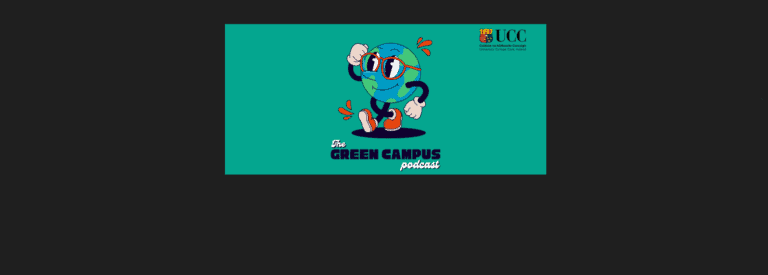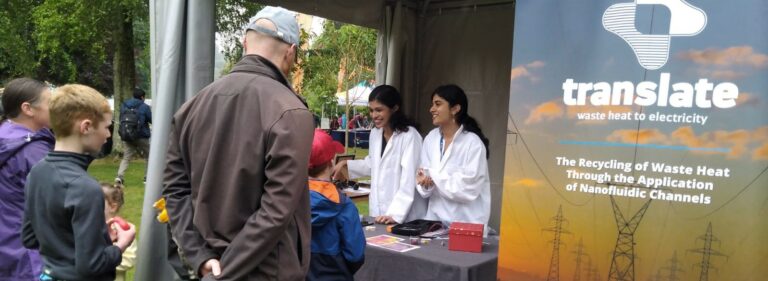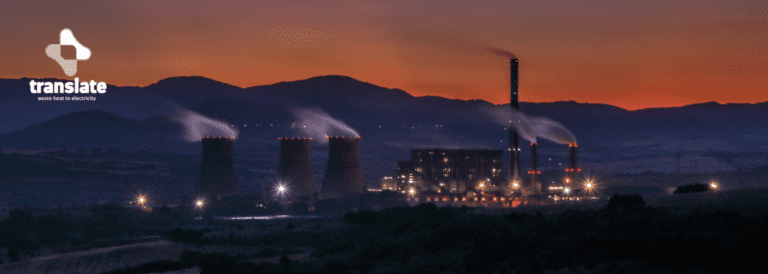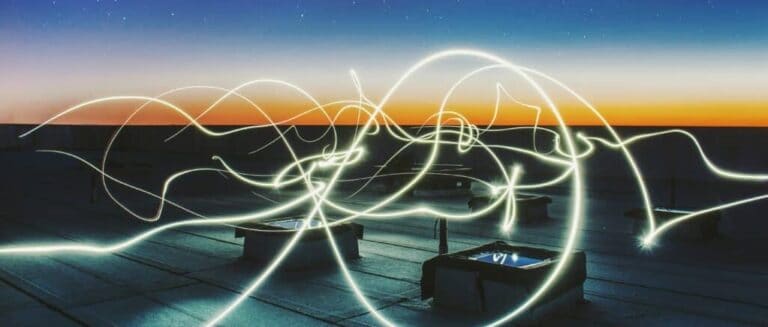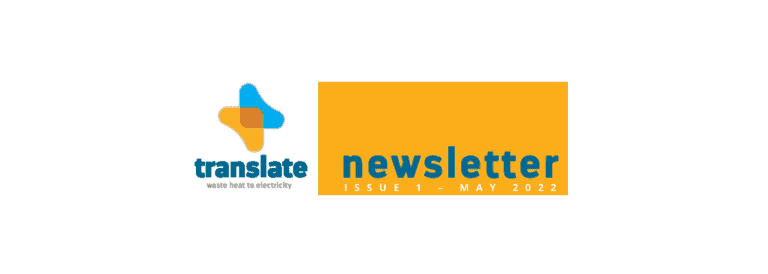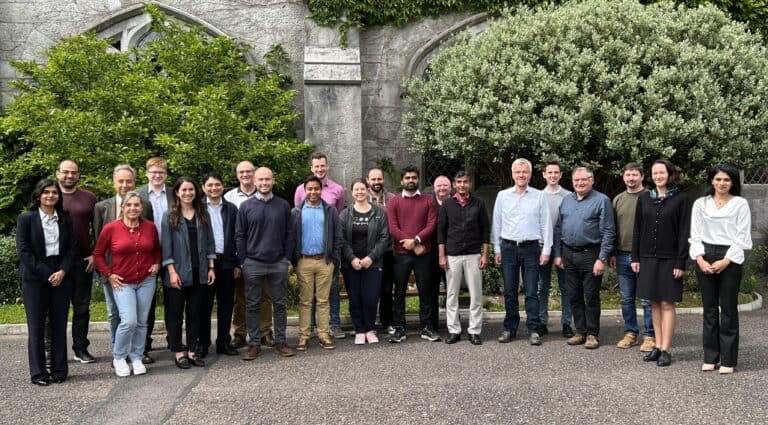20 July, 2023
TRANSLATE was featured on UCC's Green Campus podcast as part of an insightful conversation with our coordinator Justin Holmes, Professor of Nanochemistry at the School of Chemistry in UCC. Find out how TRANSLATE can help meet energy targets for 2030 and 2050.

